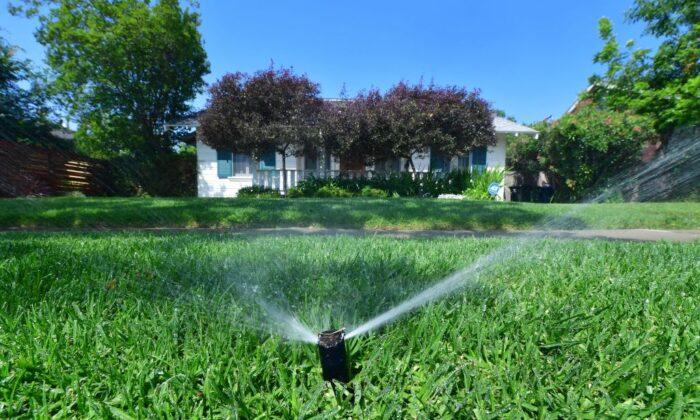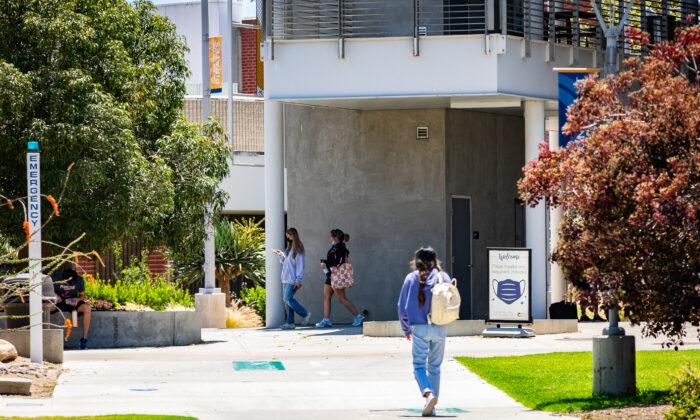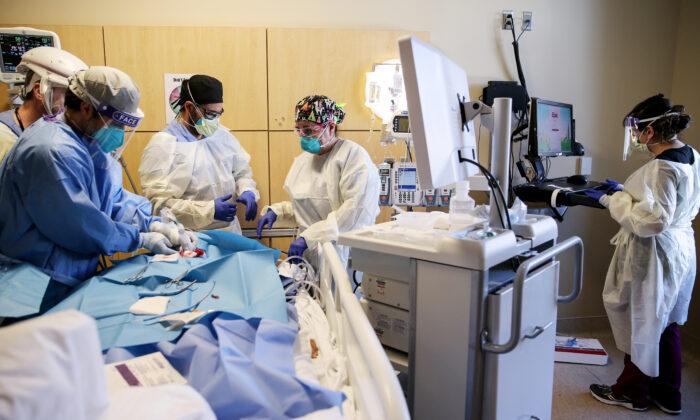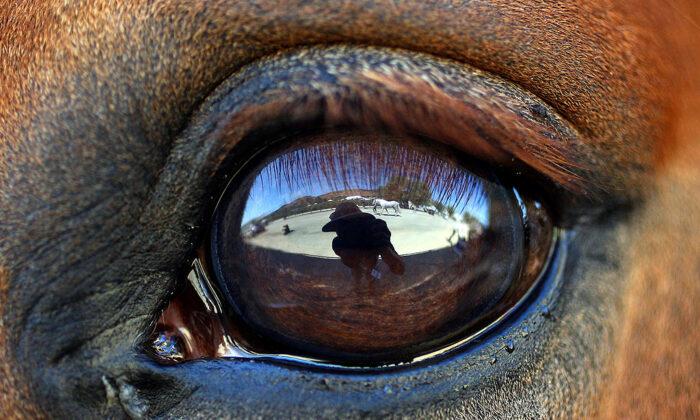SANTA BARBARA, Calif.—Challenges have emerged in the Isla Vista rental market surrounding the University of California–Santa Barbara (UCSB) campus, leading some students to live in cars and hotels.
In 2019, UCSB undergraduate enrollment reached an all-time high, with 23,349 students enrolled for the fall term.
Undergraduate enrollment remained steady for the 2020–2021 school year with more than 23,000 students enrolled, which was a nearly 20 percent increase compared to 10 years earlier.
University officials said they searched for accommodations for students waitlisted in the on-campus housing to ensure every student got a bed. They ultimately negotiated a plan with local hotels to provide a temporary place for students while waiting for other options.
According to the UCSB spokesperson, the school is currently housing more than 10,000 students in on-campus residence halls. The school was capable of accommodating all those students. However, many students applied for university housing after the July deadline.
As a result, two seniors, Zac McGlynn and Luke Hamilton, are now both living in a hotel in Goleta, just outside Santa Barbara.
As the hotel lacks a kitchen, the students said they were living on “protein bars and fast food,” the Los Angeles Times reported.
Another student, studying political science and only wanting to be referred to by his first name “Ye,” told The Epoch Times that he has been living in his car for a week.
“It is terrible, the housing shortage,” he said.
Robin Unander, an attorney who advises students facing legal issues, said many waited until the last minute to sign a lease because they were unsure about whether the school would offer in-person classes this year.
“We run at a pretty tight occupancy rate all year round,” Unander said. “It became crazy for people trying to compete against each other to just find housing anywhere.”
According to Unander, the unprecedented housing shortage near the campus is an unexpected consequence of COVID-19.
In response to the housing shortage, UCSB has been in preparation to build a mega dormitory, Munger Hall, which was named after its donor and designer Charlie Munger, vice chairman of Berkshire Hathaway Inc.
With an aim to maximize the number of beds, Munger Hall—an eleven-story residence building with nine residential floors—would have the capacity to house more than 4,500 students once built.
However, the building plan has sparked a great wave of public response due to its controversial interior design. Approximately 94 percent of the units would have no windows and thus would lack sunlight and fresh air, the Los Angeles Times reported.
Erin Eliza, one of the largest landlords in Isla Vista, said she opposes the Munger Hall plan and believes the current shortage issue could be solved if the government allows the landlords to turn structures such as their garages into living spaces.
“If the university can build [4,000] windowless doom rooms with zero parking, then why can’t private landlords convert existing structures to housing?” Eliza said.
Eliza, who has been managing housing groups on Facebook, said she noticed a huge influx of students looking for housing and had already seen rent prices going up.
“[Rental] costs in Santa Barbara have risen almost 30 percent in the past two years. It’s very difficult for anyone moving here to find housing,” Eliza added.
The University of California–San Diego also experienced a shortage of student housing prior to the beginning of the fall quarter, with more than 2,000 students still on the waiting list for campus housing weeks before the school year started.
A recent analysis by the state’s Legislative Analyst’s Office showed that eight UC campuses have more than 7,500 students on the waitlist for on-campus housing. To provide more housing for students, six UC campuses reported that a total of 11 housing projects were currently under development.




